New net-free, nearly 100% biodegradable design for fish aggregating devices may minimize the impact of commercial tuna fishing
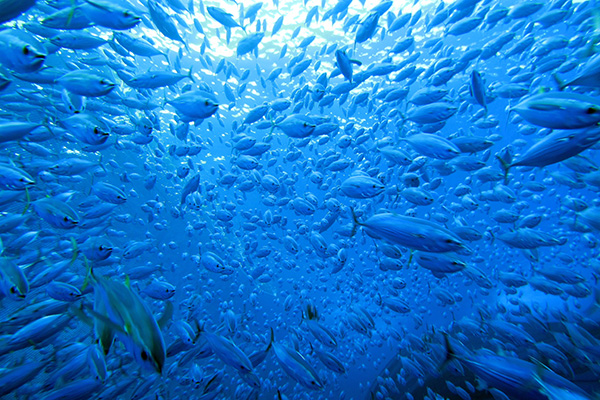
The International Seafood Sustainability Foundation (ISSF) has published a comprehensive step-by-step guide that shows commercial tuna fishers how to build “jelly-FADs” – an innovative, nearly 100 percent biodegradable and non-entangling design for fish aggregating devices (FADs).
For many years, FADs have been a widely used fishing strategy due to their high efficiency in catching tuna. About 38 percent of the global tuna catch, which totaled 5.2 million tons in 2022, is made with FADs. But conventional FADs can have negative impacts, such as contributing to overfishing, bycatch and marine pollution.
To reduce FAD fishing’s effects on non-target marine animals and ocean ecosystems, ISSF scientists developed the jelly-FAD in collaboration with physical oceanographers from the Institut de Ciències del Mar (CSIC) and tuna fleets – testing and refining the design through workshops, lab research and at-sea trials in real fishing conditions.
“The Jelly-FAD Construction Guide shows tuna fishers how to build what we believe is the most sustainable non-entangling FAD to date,” said Dr. Gala Moreno, ISSF senior scientist. “The jelly-FAD represents a new concept in drifting FADs (DFADs), whose structure and materials have been relatively static for decades. To make jelly-FADs, you do not need to have unusual materials, special equipment or advanced carpentry skills. We intend the jelly-FAD to be as simple and affordable as possible for fishers around the world to build.”
Inspired by the neutral buoyancy of jellyfish, the jelly-FAD design offers additional sustainability and durability advantages over previous non-entangling FAD (NEFAD) and biodegradable FAD (bio-FAD) designs. The research team designed jelly-FADs to reduce the need for plastic in FAD construction. Fishers have options in what kinds of biodegradable materials they choose: for example, bamboo, canvas, cork, clay and cotton rope. In contrast, conventional FADs for decades have been made with netting materials, plastic and metal. Overall, the jelly-FAD is more of a model for tuna fishers than a fixed design.
“We expect fishers to help evolve the concept,” said Moreno. “The current drogue or cube could potentially be replaced by a cylinder or another type of three-dimensional structure, for example. But the concept of neutral buoyancy should be maintained so that the FAD, which is made of organic materials, can last as long as fishers need, which varies from four months to one year depending on the fleet. Recent trials with the jelly-FAD in the Eastern Pacific Ocean showed fishers were still fishing on them after one year at sea. Periodic repairs on jelly-FADs may allow them to last longer.”
Fisheries in Focus: What are fish aggregating devices and why is there debate about banning them?
To help facilitate broad fleet adoption of jelly-FADs, the guide provides detailed instructions and visuals for each step in the construction process, which include:
- Prepare the Canvas: Canvas sheets are part of the jelly-FAD “drogue” or cube.
- Build the Drogue (Cube): A three-dimensional “drogue” or cube keeps the FAD in the fishing grounds.
- Add a Submerged Buoy: A submerged buoy works for flotation.
- Build the Raft: The structure must resist wind and ocean wave drag forces.
- Make the Flotation Component: A water-line flotation piece.
The guide also recommends how to deploy and fully transition to jelly-FADs. Moreno and colleagues are introducing the jelly-FAD model to fishers at workshops worldwide.
“No fishing method is without impact, but collaborative efforts are making fishing with FADs more sustainable,” said Dr. Victor Restrepo, VP-science at ISSF. “We still have work to do toward improving the use of FADs while ensuring that there are plenty of fish in the sea. But we’ve made substantial progress to date. ISSF and like-minded organizations will continue to work toward achievable, science-based solutions for reducing the impact of FAD fishing on global tuna fisheries and the broader marine ecosystem.”
Now that you've reached the end of the article ...
… please consider supporting GSA’s mission to advance responsible seafood practices through education, advocacy and third-party assurances. The Advocate aims to document the evolution of responsible seafood practices and share the expansive knowledge of our vast network of contributors.
By becoming a Global Seafood Alliance member, you’re ensuring that all of the pre-competitive work we do through member benefits, resources and events can continue. Individual membership costs just $50 a year.
Not a GSA member? Join us.
Author
Tagged With
Related Posts
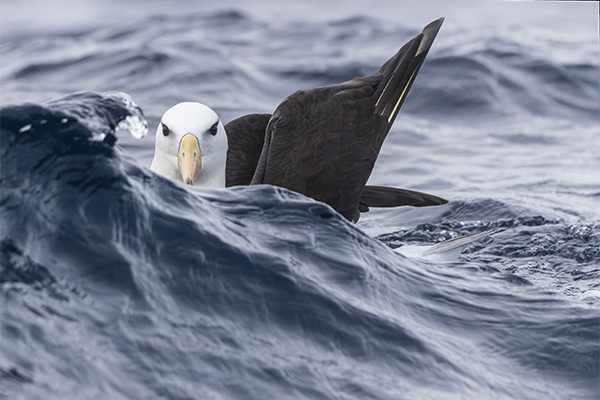
Fisheries
Toolkit aims to curb bycatch of threatened seabirds in APEC economies
A new toolkit provides essential information to help reduce the bycatch of endangered albatrosses and other seabirds in longline fishing.
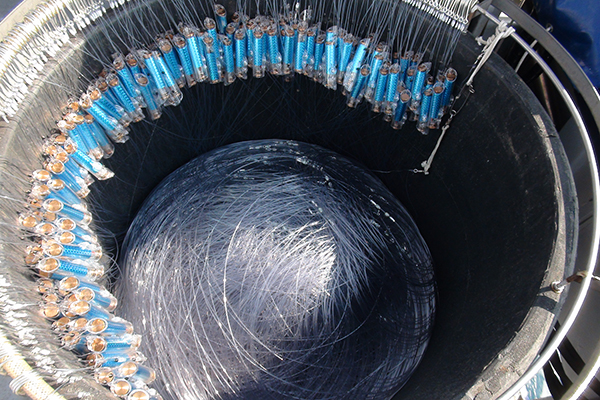
Fisheries
Could an electric-pulsed device help mitigate shark bycatch in longline fisheries?
Research shows that SharkGuard, an electric-pulsed device that attaches to longline fishing rigs, can significantly reduce shark bycatch.
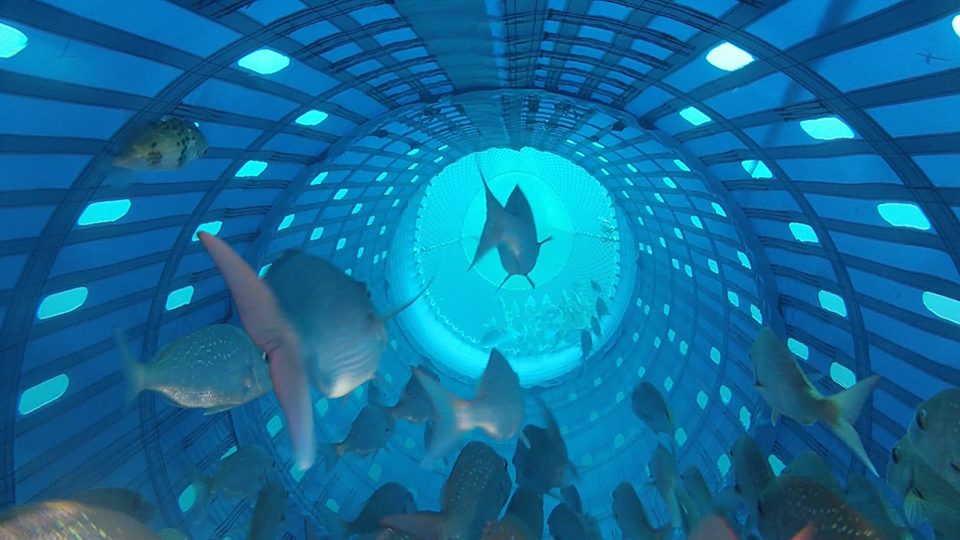
Fisheries
‘We were just looking for a way to fish better’: How one partnership is reinventing commercial fishing nets to reduce bycatch and improve animal welfare
Precision Seafood Harvesting’s novel reimagining of commercial fishing nets provides innovative solutions to both bycatch and animal welfare issues.
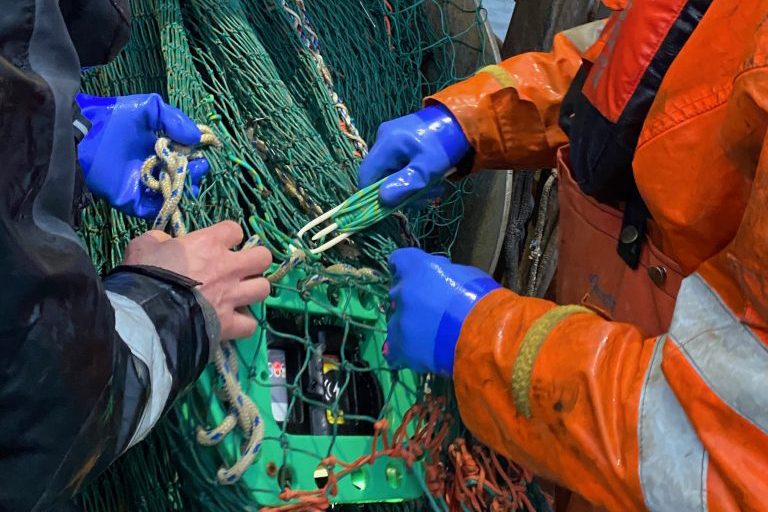
Fisheries
‘A world down below’ – Deeper fishing insights lead to better tools for bycatch reduction
High-tech bycatch reduction devices – data analytics, cameras and sensors – are in play but SafetyNet Technologies says the secret is collaboration.



